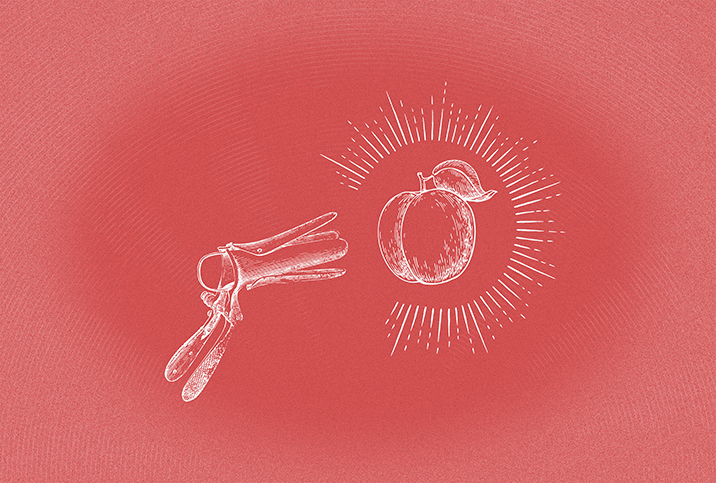What Is the Cervical Cancer Survival Rate?

Cervical cancer was once the most common cause of cancer death for American women, according to the American Cancer Society. But the Pap smear test has changed that, and cervical cancer death rates have since dropped significantly.
Let's look at the current survival rates for people with cervical cancer and what they mean.
What do survival rates mean?
Survival rate statistics can be confusing. They also aren't definitive. They can't tell you how long you will live. It can be a challenge to discuss survival rates because so much depends on the extent of the cancer, according to Melissa Lumish, M.D., a board-certified medical oncologist in New York City who specializes in the treatment of gynecologic cancers.
"I usually explain survival rates on the order of 'how many individuals,'" Lumish said. "If you have 100 patients who have that same condition, how many of them will actually die from their disease, or how many will be alive at five years."
The most common survival rate statistic used is the five-year relative survival rate. This states what percentage of people with the same type and stage of cervical cancer are alive five years after their cancer diagnosis, compared with people in the overall population.
The five-year relative survival rates for cervical cancer based on women diagnosed with cervical cancer between 2012 and 2018, according to the American Cancer Society, are:
- SEER stage localized (cancer has not spread beyond the cervix or uterus): 92 percent
- SEER stage regional (cancer has spread beyond the cervix and uterus to nearby lymph nodes): 59 percent
- SEER stage distant (cancer has spread to other parts of the body, such as organs or bones): 17 percent
- All SEER stages combined: 67 percent
SEER stands for Surveillance, Epidemiology and End Results. SEER is a database maintained by the National Cancer Institute that provides survival statistics for various types of cancer in the United States.
In comparison, Cancer Research UK statistics from 2013 to 2017 show about 61.4 percent of women diagnosed with cervical cancer in England survive their disease for five years or more.
What can affect your survival rate?
The main factors that can affect someone's cervical cancer survival rate are the following, according to Hana Patel, M.B.B.S, a general practitioner and mental health coach in London:
- Your age at diagnosis
- Your overall health
- The type of cervical cancer
- The stage of cervical cancer and if or how far it has spread
- How well the cancer responds to treatment
The risk of death from cervical cancer really relates to how advanced the disease is, Lumish said. So the earlier you detect it, the higher the likelihood you can defeat it and no have to worry about it after a few years pass.
Survival depends on many factors. Consider survival rates as a guide to give you a rough idea of what has happened to others with the same cancer.
What every woman should know
Since prevention and early detection are key, the Centers for Disease Control and Prevention (CDC) recommends women begin receiving Pap smears at age 21. If your results are normal, you usually only need a Pap smear every three years. The recommendation changes to a Pap smear every five years with a co-screening for HPV if you're older than 30.
Once you reach the age of 65, you can likely stop receiving Pap smears if you have had no history of cervical precancer, have had many years of normal screening or have had your cervix removed in a total hysterectomy.
There are two things that a Pap smear test looks at:
- The human papillomavirus (HPV) test looks for the virus that can cause the cells of the cervix to change. More than 9 out of 10 cases of cervical cancer are caused by HPV, according to the CDC.
- The Pap smear looks for cervical cell changes, or precancers, that might become cervical cancer if not treated appropriately.
"I would encourage all women, trans men and nonbinary people with a cervix to go for their cervical screening when you are requested to do so, to reduce the chance of cervical cancer presenting at a late stage," Patel said.
Why should you consider HPV vaccination?
Most cervical cancers can be prevented by HPV vaccination. The CDC recommends everyone up to the age of 26 should get the HPV vaccination to guard against the cancer-causing types of HPV.
"HPV vaccination before age 26 has dramatically reduced the incidence of cervical cancer and death from it," Lumish said.
Due to the likelihood of previous exposure to HPV, there is less benefit to the HPV vaccination after the age of 26. However, it depends on the individual. It's worth speaking to your healthcare provider about your risk of new HPV infections and if the HPV vaccine will benefit you as an adult.


















